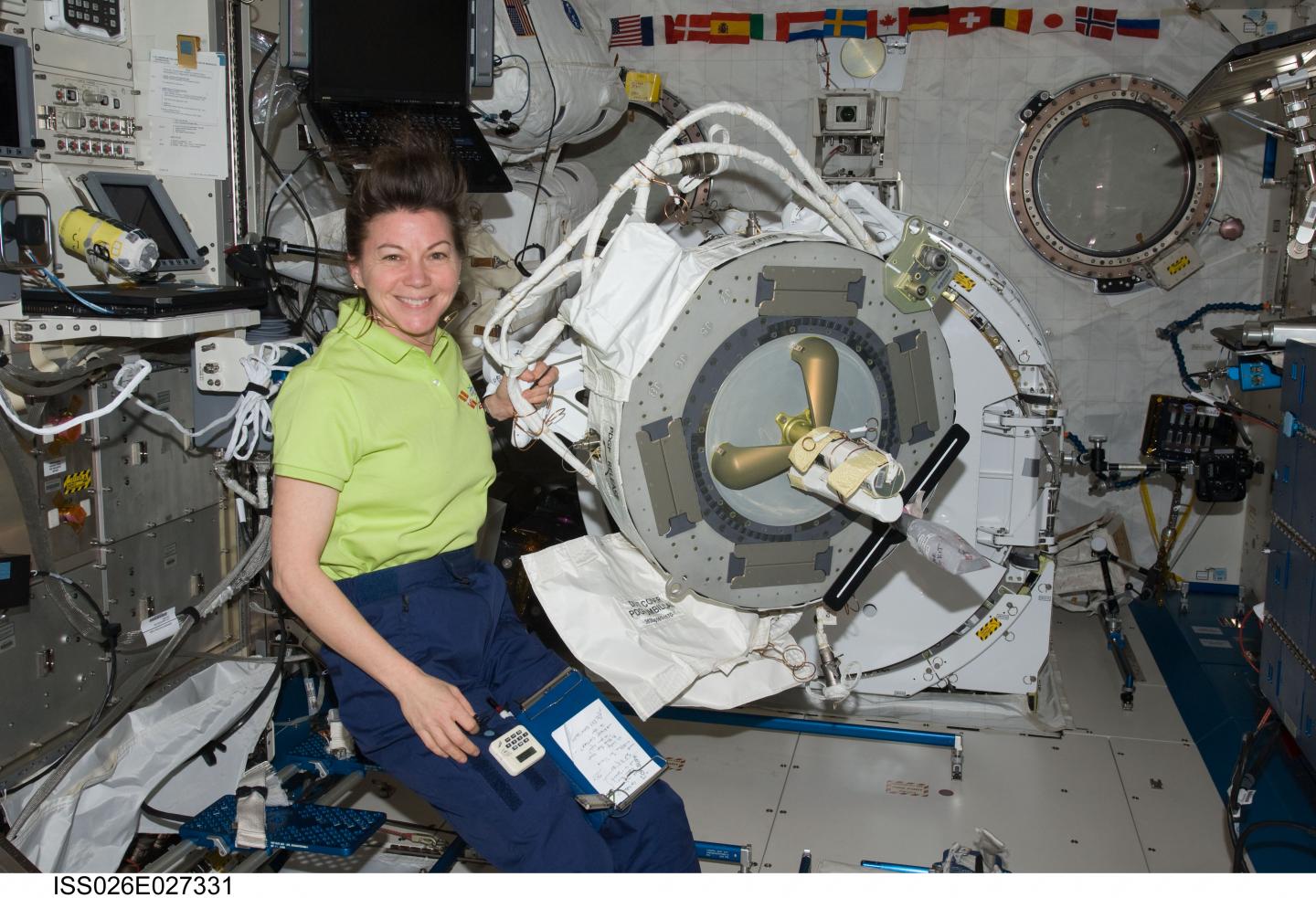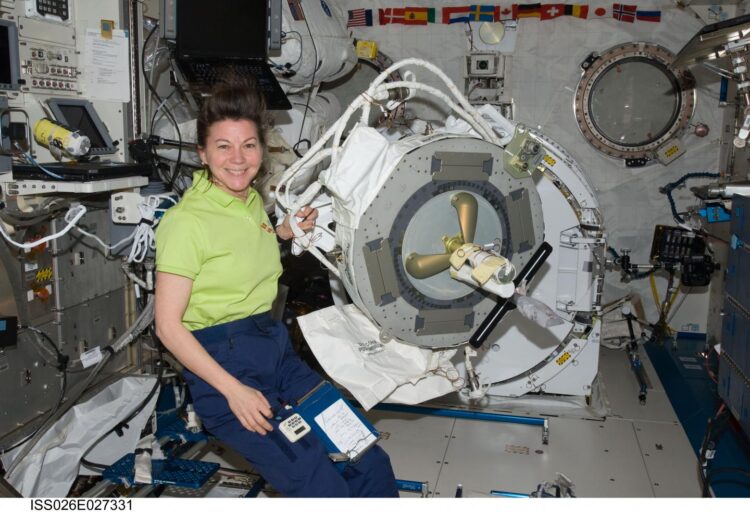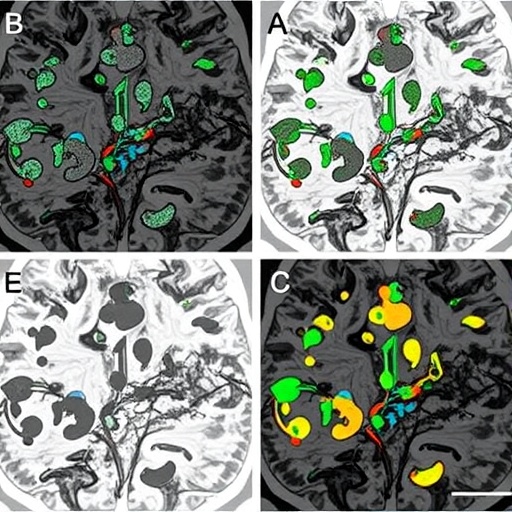
Credit: NASA
NASA’s Goddard Space Flight Center in Greenbelt, Maryland, has chosen three companies to participate in a new partnership to test and evaluate satellite servicing technologies.
Altius Space Machines of Broomfield, Colorado, Honeybee Robotics of Brooklyn, New York, and Orbit Fab of San Francisco will provide cooperative robotic grapple fixtures and data to be studied by NASA’s Exploration and In-Space Services projects division (NExIS, formerly known as the Satellite Servicing Projects Division) engineers. The engineers will utilize robotics facilities at Goddard via Space Act Agreements to collect data on the performance of the companies’ fixtures.
NASA will document the test results and make the information available to other federal agencies for incorporation in future projects. NASA is planning to begin testing in the spring and summer of 2021 and to release the report by the end of the year.
“We’re excited to be able to offer these companies the benefit of our world-class facilities,” said Dennis Andrucyk, director of Goddard. “NASA and the private sector has a proud and triumphant history of working collaboratively to reach new milestones in space exploration, and this new program will build on that tradition to achieve our goal of servicing satellites in orbit.”
The vast majority of satellites were designed to live their lives alone. Because they were not designed to be serviced, they do not have grapple fixtures, which would allow robots to grab onto, or capture, a free flying spacecraft. A notable exception is the Hubble Space Telescope that was designed to be serviced, and therefore features various grapple fixtures that allowed for easier upgrades, repairs, and life extension. The next evolution of fixtures, which the testing will focus on, involves autonomous grapple, meaning a robotic capture not requiring human maneuvering.
NASA astronaut Catherine (Cady) Coleman is pictured with power and data grapple fixture hardware in the Kibo laboratory of the International Space Station. The space station was designed to be docked with and serviced – something reflected in its many grapple fixtures.
The grapple fixture testing process will help make NASA aware of the technologies available for supporting in-orbit satellite servicing and assembly projects and give the agency the ability to evaluate multiple options. In return, the companies will receive the benefit of NASA’s years of in-orbit servicing experience and capabilities, as well as the ability to test their hardware in state-of-the-art facilities.
“Part of NASA’s job is to look at technologies being developed by industry so that the government does not reinvent things that already exist,” said Joe Easley, lead robot operator for NExIS. “This helps us determine what problems have already been solved so we can invest in technologies that are not being explored.”
Goddard also leads NASA’s On-orbit Servicing, Assembly, and Manufacturing 1 (OSAM-1) mission. In order to refuel another satellite, the spacecraft’s robotic arms will have to capture it. Like most other satellites, OSAM-1’s client was not designed to be grappled. OSAM-1 will also demonstrate assembly of a communications antenna and manufacturing of a beam with its Space Infrastructure Dexterous Robot (SPIDER) payload, developed by Maxar Technologies.
A robotic servicing arm (left) practices autonomous capture of a satellite mockup (right) in Goddard’s Robotic Operations Center. Because there is no grapple fixture, the arm will use the marman ring, which originally attached the satellite to the rocket that launched it to space.
“Satellite servicing will be an important element of future space exploration,” said Brian Roberts, NExIS deputy division chief. “Being able to routinely conduct repairs and upgrades in orbit has the potential to transform the way we think about near Earth and deep space travel and operations.”
Realizing the challenge of grappling a non-cooperative satellite, or a satellite that wasn’t designed to be serviced, NASA and private industry began examining ways to incorporate items like grapple fixtures into new satellite designs. This realization is the impetus behind the agreements to develop and test grapple fixture designs.
As satellite servicing technologies have advanced, more mission managers have inquired about ways to incorporate that technology into current and upcoming spacecraft and observatories. The NASA report will provide concrete information to federal agencies about private solutions available.
NASA has developed a wealth of methods for testing space technology that would be too arduous, time-consuming, and expensive for private companies to develop on their own. Among the unique facilities NASA possesses to evaluate servicing technologies are robots programmed to simulate the behavior of objects in space that float away from each other when touched.
“It is very challenging to develop these sorts of simulations, and NASA’s investments have resulted in a world-class facility that really does not exist anywhere else; it’s a unique opportunity for companies to have their devices evaluated in this sort of facility and to receive feedback that can help them refine their technologies,” Roberts said.
###
Goddard’s Servicing Technology Center is one of the facilities that will be used to test the companies’ grapple fixtures. The facility is currently being used to test satellite servicing technologies in a space-like environment in support of OSAM-1.
In the future, similar evaluation efforts could seek out technologies such as servicing tools, reconfigurable robotics, grappling techniques, sample collection devices, inspection tools and more.
By Tracy Vogel
NASA’s Goddard Space Flight Center
Media Contact
Lora Bleacher
[email protected]
Original Source
https:/





